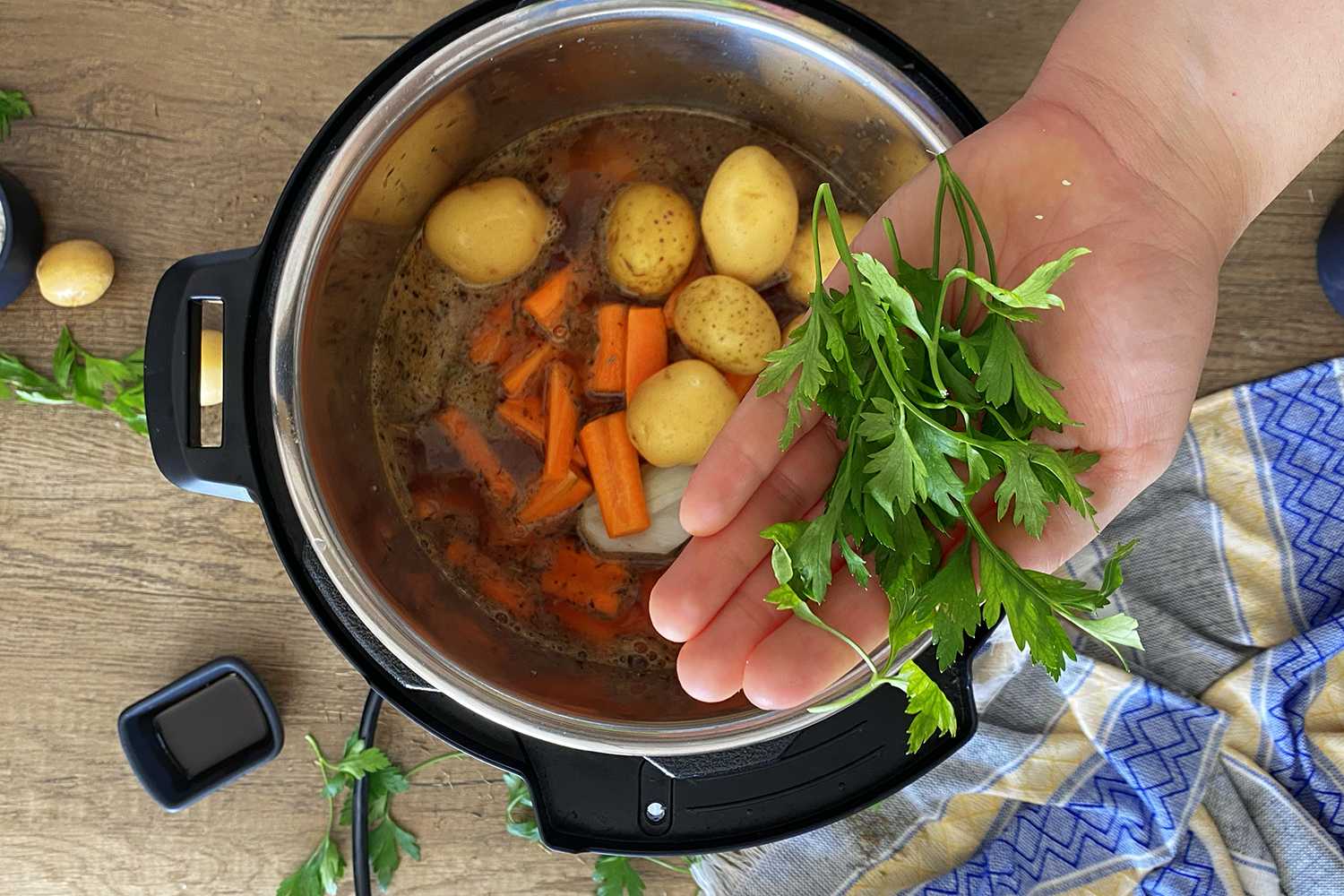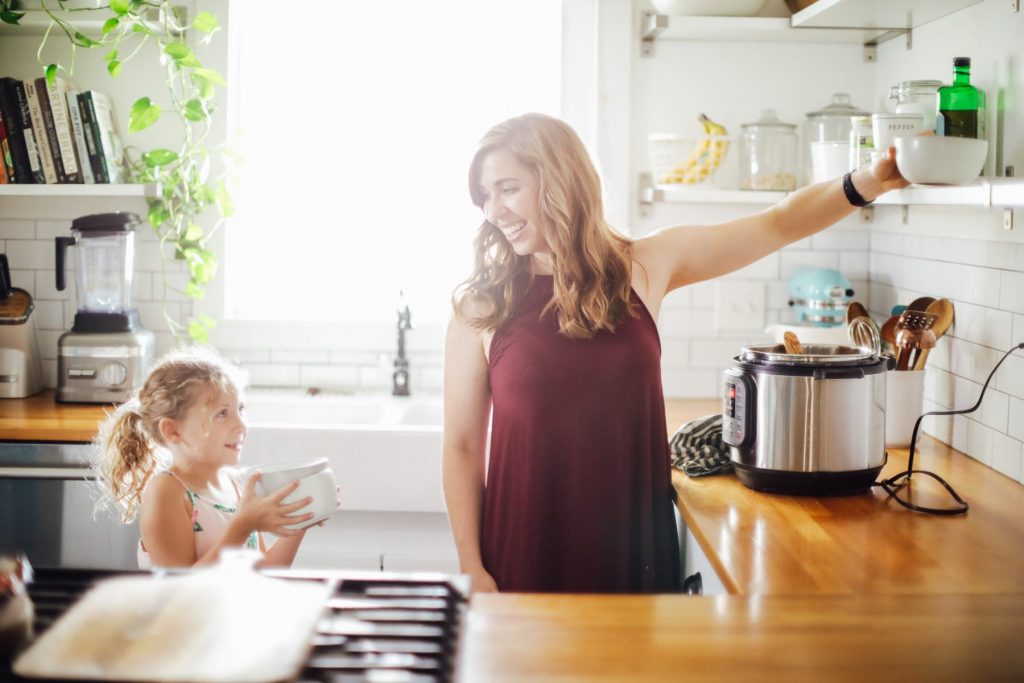Master the Art of Delicious Roast: How to Cook Roast in a Pressure Cooker
Written By James Morgan
Welcome to our comprehensive guide on how to cook roast in pressure cooker! This article is designed for every cooking enthusiast, whether you're a novice or an accomplished chef. Using a pressure cooker can dramatically cut down cooking time, making it the perfect option for busy individuals who crave a hearty, home-cooked meal. A pressure cooker also retains flavors and nutrients better than traditional methods, resulting in a tender, juicy roast that will have everyone coming back for seconds. Well walk you through various techniques, provide step-by-step instructions, and share tips and tricks to perfect your roast.

The Advantages of Using a Pressure Cooker
Cooking roast in a pressure cooker has numerous advantages. The most notable benefit is the significant reduction in cooking time. Traditional methods, like using an oven or slow cooker, can take three to six hours. With a pressure cooker, you can achieve the sameif not betterresults in a fraction of the time. The pressurized steam cooks at higher temperatures, breaking down tougher fibers and collagen in the meat rapidly. Moreover, the pressure cooker helps retain more nutrients by reducing the exposure time to heat, making your roast both delicious and nutritious. The sealed environment also retains moisture and aroma, which intensifies the flavors of the spices and herbs used in your recipe. Lastly, using a pressure cooker ensures more tender and juicy meat by constantly applying high pressure that breaks down tough connective tissues. This is especially beneficial for cooking less expensive, tougher cuts of meat, making it an economically smart choice as well.

Essential Equipment for Preparing Roast in a Pressure Cooker
For a successful roast in a pressure cooker, you'll need some essential tools and equipment. First and foremost is a reliable pressure cooker. There are various types on the market, from stove-top models to electric instant pots. Choosing the right one depends on your personal preferences and how frequently you plan to use it. A sharp knife is indispensable for trimming the meat and slicing vegetables, along with a sturdy cutting board providing a stable surface for prep work. You'll also need measuring spoons and cups to use the right amount of spices and liquids. Lastly, a meat thermometer is crucial for checking the roasts internal temperature to ensure it is perfectly cooked. Having these tools at hand will prepare you to tackle the cooking process confidently.

Ingredients for the Perfect Roast
To craft a savory and tender roast, gather these ingredients:
- 2-3 pounds of beef chuck roast
- Salt and pepper to taste
- 2 tablespoons of olive oil
- 1 large onion, chopped
- 3-4 cloves garlic, minced
- 2 cups beef broth
- 1 cup red wine (optional)
- 2 tablespoons tomato paste
- 2-3 sprigs of fresh thyme
- 2-3 sprigs of fresh rosemary
- 2-3 carrots, cut into chunks
- 2-3 potatoes, quartered
- 2 stalks of celery, chopped
- 2 tablespoons of Worcestershire sauce
- 1 tablespoon of flour (optional, for thickening the sauce)

Step-by-Step Guide on How to Cook Roast in a Pressure Cooker
Preparing the Meat
Start by preparing your beef chuck roast, which is perfect for pressure cooking due to its rich marbling. Pat the roast dry with paper towels to ensure a good sear, then season it liberally with salt and pepper on all sides. A well-seasoned roast will enhance the overall flavor of your dish. Next, heat the pressure cooker pot using the saut function if youre using an electric model or over medium-high heat if youre using a stovetop version. Add the olive oil to the pot and heat until shimmering. Carefully place the roast in the pot and sear it on all sides until a golden-brown crust forms. This step is essential as it locks in the juices and creates a depth of flavor. Once seared, remove the roast from the pot and set aside on a plate.
Sauting the Aromatics
With the roast removed from the pot, its time to saut the aromatics. Add the chopped onion to the pot, stirring occasionally until translucent, which takes about 3-5 minutes. Next, add the minced garlic and continue to saut for another minute or until fragrant. Aromatics like onion and garlic form the base of your cooking liquid, enriching it with deep, robust flavors. Be sure to scrape up any brown bits stuck to the bottom of the pot during this process, as they add an extra layer of flavor. At this stage, add the tomato paste, stirring to combine it with the onions and garlic. The tomato paste not only contributes to the dish's rich color but also adds a savory umami flavor.
Deglazing the Pot
Deglazing is a critical step where you add liquid to the hot pot to loosen the flavorful browned bits stuck to the bottom. Pour in the beef broth and, optionally, the red wine. Red wine adds depth and complexity to the dish, but you can use extra beef broth if you prefer not to use alcohol. Bring the liquid to a simmer, scraping the bottom of the pot with a wooden spoon to release the browned bits. These bits are packed with flavor that will enrich your cooking liquid. Once the pot is deglazed, return the seared roast to the pot, along with any accumulated juices on the plate. These juices contain flavor and collagen, contributing to the final dishs richness.
Cooking the Roast
Now its time to add the remaining ingredients to the pot. Nestle the carrots, potatoes, and celery around the roast. Add fresh thyme and rosemary sprigs, which will infuse the dish with their aromatic oils. Add the Worcestershire sauce for added depth of flavor. If you want a thicker sauce, sprinkle in a tablespoon of flour and stir to combine. Ensure the liquid covers at least half of the roast; if not, add more beef broth as needed. Secure the pressure cooker lid and set it to high pressure. Cook the roast for about 60-70 minutes, depending on the size and thickness of your meat. As a general rule, pressure cooking takes about 20 minutes per pound. After the cooking time is up, allow the pressure to naturally release for about 10 minutes before using a quick release. Carefully open the lid and check the roasts internal temperature using a meat thermometer. It should read at least 145F for medium-rare and up to 160F for medium.
Serving and Enjoying Your Roast
Once the roast is cooked to perfection, it's time to savor your creation. Transfer the roast to a cutting board and let it rest for at least 10 minutes before slicing. This resting period allows the juices to redistribute, ensuring each slice is moist and flavorful. While waiting, strain the cooking liquid through a fine-mesh sieve to remove any solids if you prefer a smooth sauce. Alternatively, leave the vegetables in the liquid for a heartier gravy. Slice the roast against the grain to ensure tender bites. Arrange the meat on a platter and surround it with the carrots, potatoes, and celery. Drizzle some of the strained cooking liquid or gravy over the top and garnish with fresh herbs if desired. Serve immediately and enjoy the compliments from your delighted guests!
Cleaning Up
After enjoying your delicious meal, it's essential to clean your equipment properly to maintain its longevity and performance. Start by soaking your pressure cooker pot in warm, soapy water to loosen any stuck-on food. Use a soft brush or sponge to scrub away any remaining residue, avoiding abrasive pads that can damage the cooker surface. For your knife and cutting board, wash them under warm water with mild detergent and dry them thoroughly to prevent rust or bacterial growth. Consider using a cookware cleaner for stubborn stains or a cutting board oil for maintaining the wood. Proper care of your kitchen tools will ensure they serve you well for many delicious meals to come.
Conclusion
We hope this detailed guide on how to cook roast in pressure cooker has been both informative and inspiring. Armed with these tips, techniques, and knowledge, you're now ready to create a mouth-watering roast that's sure to impress. From understanding the benefits of pressure cooking to mastering the step-by-step process, every element has been designed to ensure your success. Happy cooking!
As an Amazon Associate, I earn from qualifying purchases.



